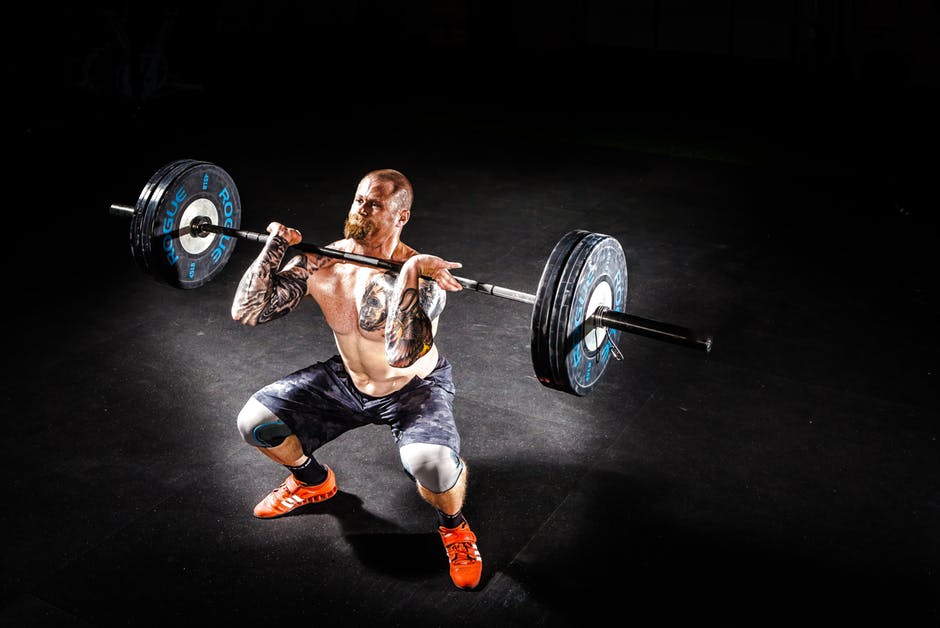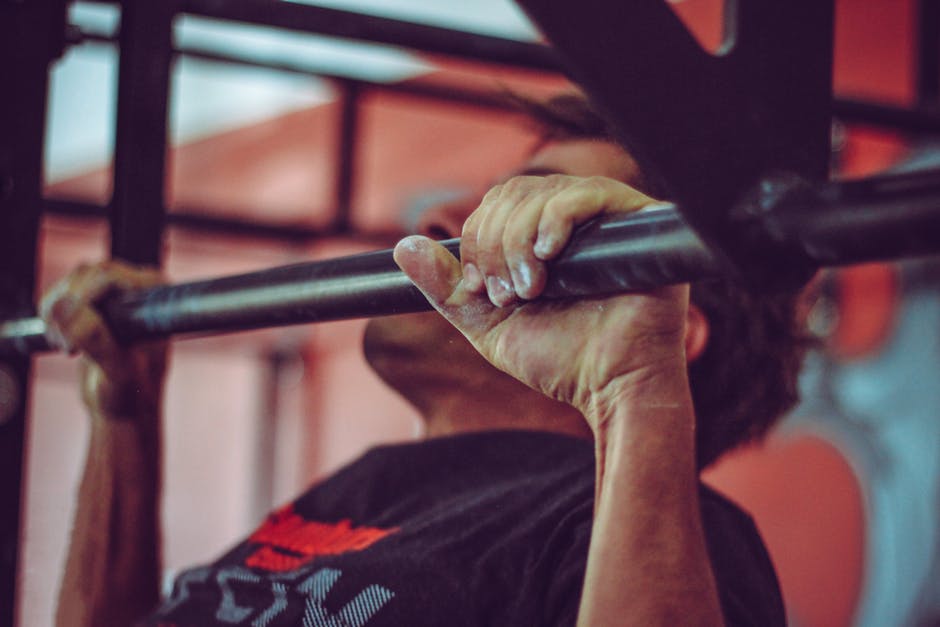The last few years have seen studies showing that the muscles don’t react uniformly to an exercise. In other words, every part of the muscle doesn’t experience an exercise the same way. Different exercises will hypertrophy different aspects of a muscle (for example, some may focus more on the proximal aspect, some on the distal, etc.). It would also make sense that this would extend to how the muscles are recruited by the central nervous system to perform the exercise. Earp et al studied this in the Journal of Strength and Conditioning Research. Now, to be fair I’m focusing on the muscle recruitment aspect of their study – they also attempted to link this recruitment to hypertrophy (which I’m not focusing on in this blog). To study recruitment, the authors studied ten physically active college-aged males. Their subjects performed two repetitions at 80% of 1-RM at the back squat and two repetitions of the unloaded jump squat. Electromygraphic activity at the vastus lateralis was analyzed during teach exercise with electrodes placed at 33%, 50%, and 67% of the distance between the anterior superior iliac spine and the lateral aspect of the knee. These were identified as proximal, mid, and distal locations. Results:
- For the heavy squat, peak EMG was greatest at the proximal location, almost 22% lower at the mid location, and almost 27% lower at the distal location.
- For the jump squat, peak EMG was greatest at the proximal location, almost 43% lower at the mid location, and almost 45% lower at the distal location.
- For the heavy squat, mean EMG was greatest at the proximal location, almost 32% lower at the mid location, and a little over 29% lower at the distal location.
- For the jump squat, mean EMG was greatest at the proximal location, almost 40% lower at the mid location, and a little over 41% lower at the distal location.
- For all testing conditions but one, the jump squat had a greater EMG value ranging from .04% all the way to 43% greater. The 43% greater was at the proximal location and it was the only difference that was statistically significant between the two exercises.
A few interesting things to note from this exercise. First, both exercises were done until the thighs were parallel to the floor. Second, according to the EMG information, neither exercise recruited the vastus lateralis uniformly. Both saw more electrical activity at the proximal location. Third, the jump squat had a greater EMG value than the half squat but only the proximal location had a significant difference (43%). The greater EMG value of the jump squat makes sense because it’s an explosive exercise. This alone might result in greater muscle recruitment. The fact that the proximal location is showing more activity in both exercises may be due to the fact that this is the one part of the muscle that is being recruited throughout the entire range of motion of both exercises. It’s possible that the distal part of the muscle (i.e. closer to the knee) is going to be recruited more heavily at the bottom part of the movement, not the entire range. Now, we don’t know how highly trained the subjects were. The study says that the subjects were experienced, but we don’t get any information on how much weight they were squatting or any information on kinetics/kinematics of either movement. This may have an enormous impact on muscle recruitment patters. For example, a highly trained strength and power athlete may react very differently than these subjects. This means that this information needs to be applied with caution. The study also assumes that EMG measures the recruitment of the muscle by the central nervous system. There has been some debate about this over the years. Surface EMGs could measure muscle recruitment, movement of the skin, and electricity in the air. What is interesting to take from this study is that muscles don’t act uniformly during an exercise, different parts of the muscle may have different activity levels. This may be further complicated by training status, genetics, and the range of motion of the exercise. Earp, J.E., Stucchi, D.T., DeMartini, J.K., and Roti, M.W. (2016). Regional surface electromyography of the vastus lateralis during strength and power exercises. Journal of Strength and Conditioning Research, 30(6), 1585-1591.




